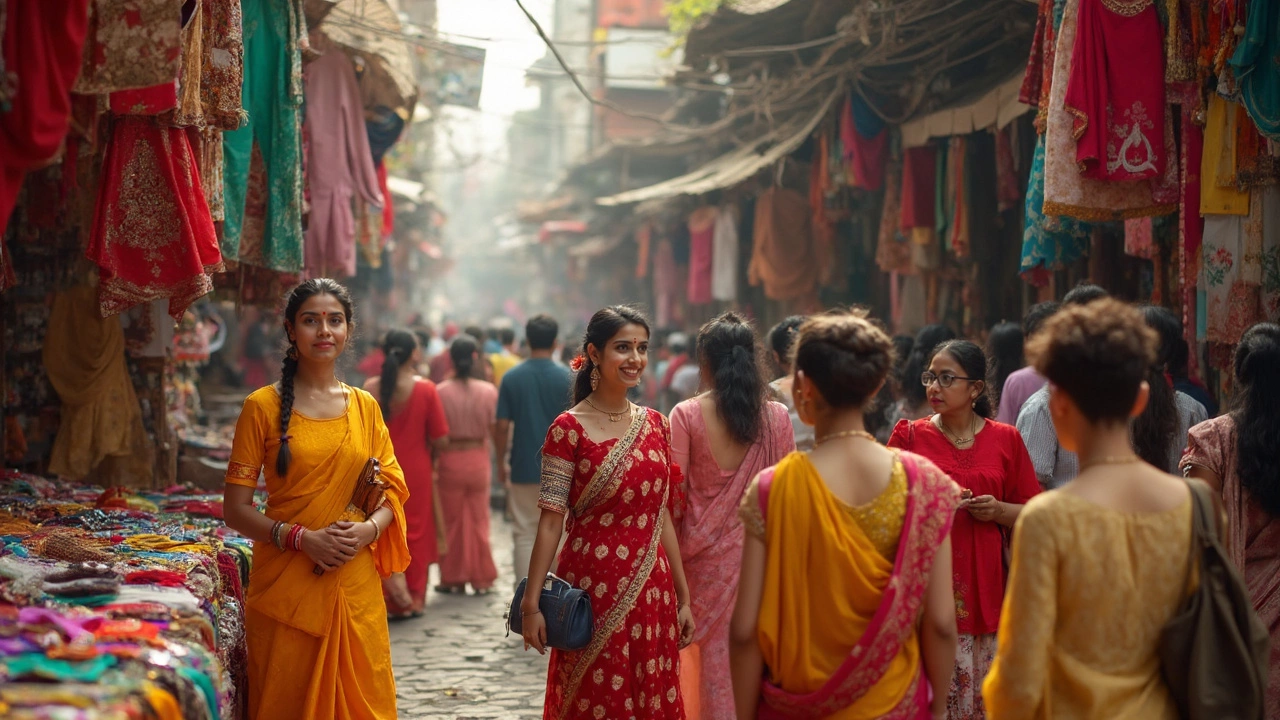Clothing Exports in India: What You Need to Know in 2025
If you’re wondering how Indian garments are finding their way to closets worldwide, you’re in the right place. The country ships more than $30 billion of apparel each year, and the numbers keep climbing. Knowing which fabrics sell, where buyers sit, and what paperwork you need can turn a small workshop into a global brand.
Top Markets and Hot Trends
Today the United States, Europe, and the Middle East lead the demand for Indian clothing. Buyers love our cotton tees, hand‑loom sarees, and fast‑fashion basics because they’re affordable and stylish. Sustainable fabrics are also stealing the spotlight – organic cotton and recycled polyester are getting premium prices. Keep an eye on these trends; they dictate what you should produce next season.
Export Basics: Docs, Duties, and Logistics
Getting your boxes out the door starts with a few essential steps. First, register for an IEC (Import Export Code) – it’s your passport for overseas trade. Next, prepare a commercial invoice, packing list, and a certificate of origin; customs in the destination country will ask for all three. Duty rates vary – the US typically charges 0 % on textiles, while the EU can take up to 12 %. Using a freight forwarder familiar with textile shipments can save you time and avoid surprise charges.
Quality checks matter just as much as paperwork. Most overseas buyers ask for a lab test report confirming fiber content and safety standards like Oeko‑Tex. A quick lab visit before you ship can prevent a rejected consignment and protect your reputation.
Shipping options depend on volume and urgency. For small orders, air freight gets the product to the buyer in a week, but it’s pricey. For larger bulk shipments, sea freight is economical – a 40‑foot container can hold roughly 20 tonnes of garments. Plan your production schedule around the transit time so you don’t miss seasonal demand.
India’s government offers several schemes to boost apparel exports. The Merchandise Exports from India Scheme (MEIS) provides duty credit scrips that lower taxes on exported goods. State-level incentives, especially in Gujarat and Tamil Nadu, often cover power costs and export‑focused training.
Pricing your products for the global market requires a clear cost breakdown. Include raw material, labor, overhead, freight, insurance, and the duty you’ll pay. Add a margin that reflects the brand positioning you’re aiming for – premium fabrics can command 30 % higher margins than basic cotton.
Finally, building relationships with overseas buyers is key. Attend trade shows like Magic in the US or Pitti Immagine in Italy. Even virtual shows let you showcase your catalog, collect leads, and learn what buyers are looking for right now. A follow‑up email with samples and a clear lead time often seals the deal.
In short, clothing exports from India are booming, but success hinges on understanding market demand, mastering export paperwork, and leveraging government support. Start small, keep quality tight, and let the data guide your next collection. Your Indian garments could be the next big thing on a shelf across the globe.
Discovering the Country with the Highest Demand for Indian Clothes
The demand for Indian clothes is soaring worldwide, with traditional garments attracting attention from diverse cultures. Exploring which country tops the charts reveals intriguing insights into global fashion trends and economic connections. Understanding key markets and consumer preferences can benefit Indian textile manufacturers looking to expand their reach. This article delves into data and cultural influences driving the demand for Indian apparel.
Read More




